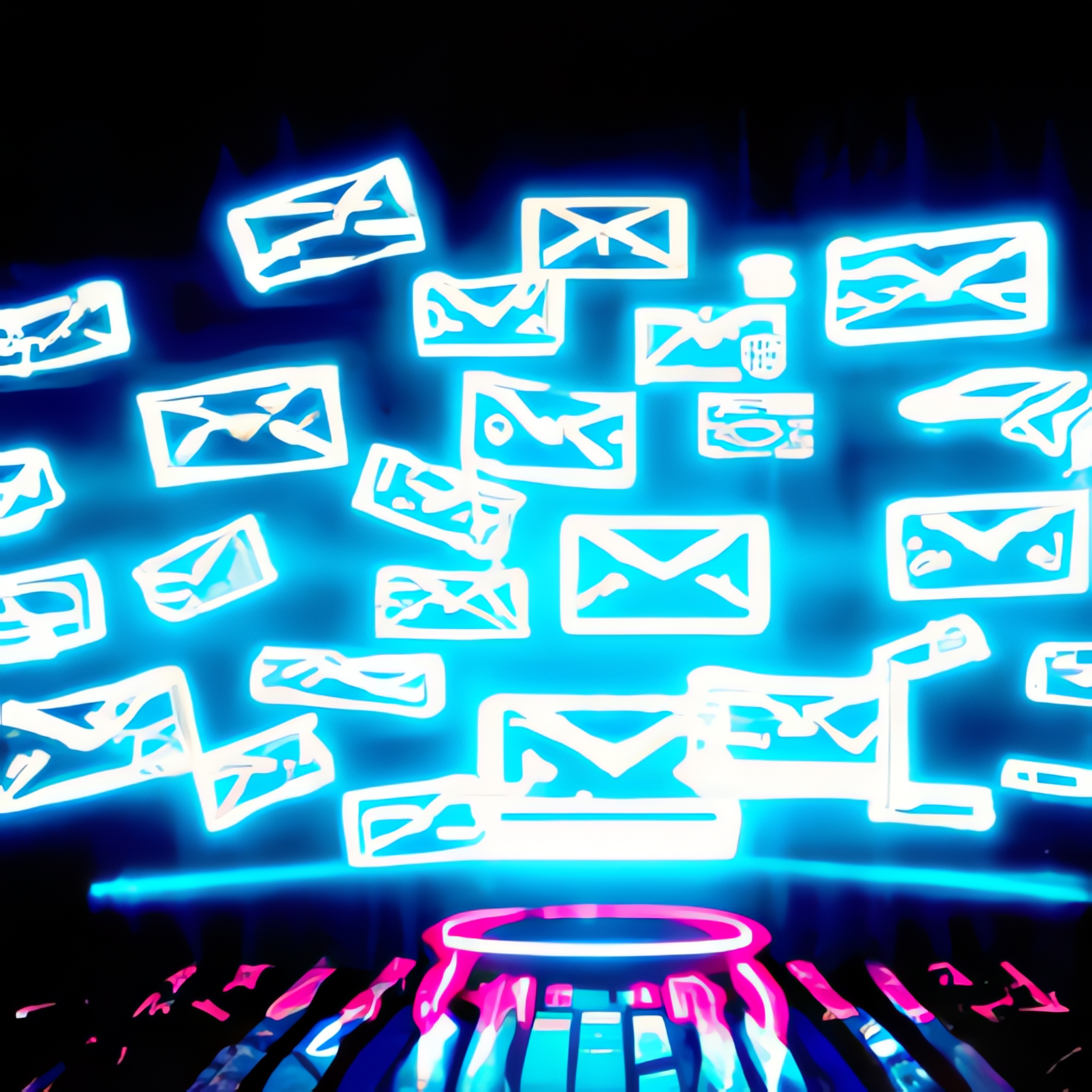Intel Security resently released the findings of their phishing quiz which tested consumer knowledge of, and ability to detect, phishing emails. The quiz presented 10 emails compiled by Intel Security and asked respondents to identify which of the emails were phishing attempts designed to steal personal information and which were legitimate. Of the approximately 19,000 survey respondents from 144 countries, only 3% were able to identify every example correctly and 80% of all respondents misidentified at least one of the phishing emails, which is all it takes to fall victim to an attack.
Cyberscammers use phishing emails to get consumers to click on links to websites they’ve created solely for the purpose of information theft. They trick users into typing their names, addresses, login IDs, passwords, and/or credit card information into fields on sites that look like they belong to real companies. In some cases, just clicking the link provided in the email will automatically download malware onto the user’s device. Once the malware is installed, hackers can easily steal the victim’s information without their knowledge.
Globally, the 35-44 year old age group performed best, answering an average of 68% of questions accurately. On average, women under the age of 18 and over the age of 55 appeared to have the most difficulty differentiating between legitimate and phony emails, identifying six out of 10 messages correctly. On the whole, men gave slightly more correct answers than women, averaging a 67% accuracy rate versus a 63% rate for women.
The United States: Phishing Bait?
Of the 144 countries represented in the survey, the U.S. ranked 27 overall in ability to detect phishing, with 68% accuracy. The five best performing countries were France (1), Sweden (2), Hungary (3), the Netherlands (4), and Spain (5). Within the U.S., the state with the most correct responses was Iowa, with an average of 68% questions answered correctly. North Dakota provided the fewest correct answers, averaging 56%. New Yorkers and Californians answered 66.44% and 65.73% of the questions correct respectively, below the national average.
Even Real Emails Can Be Deceptive
Interestingly, the survey found that the email most often misidentified was actually a legitimate email. This email asked the recipient to take action and “claim their free ads.” People often associate free prize offers with phishing or spam, which is likely the reason a large number of people misidentified the email.
“Phishing emails often look like they are from credible sites but are designed to trick you into sharing your personal information,” said Gary Davis, Chief Consumer Security Evangelist at Intel Security. “Review your emails carefully and check for typical phishing clues including poor visuals and incorrect grammar, which may indicate that the email was sent by a scammer.”
To better protect yourself from becoming a victim of a phishing scam, Davis offers the following advice:
Do:
Keep your security software and browsers up to date
Hover over links to identify obvious fakes; make sure that an embedded link is taking you to the exact website it purports to be
Take your time and inspect emails for obvious red flags: misspelled words, incorrect URL domains, unprofessional and suspicious visuals and unrecognized senders
Instead of clicking on a link provided in an email, visit the website of the company that allegedly sent the email to make sure the deal being advertised is also on the retailer’s homepage
Don’t:
Click on any links in any email sent from unknown or suspicious senders
Send an email that looks suspicious to friends or family as this could spread a phishing attack to unsuspecting loved ones
Download content that your browser or security software alerts you may be malicious
Give away personal information like your credit card number, home address, or social security number to a site or e-mail address you think may be suspicious






